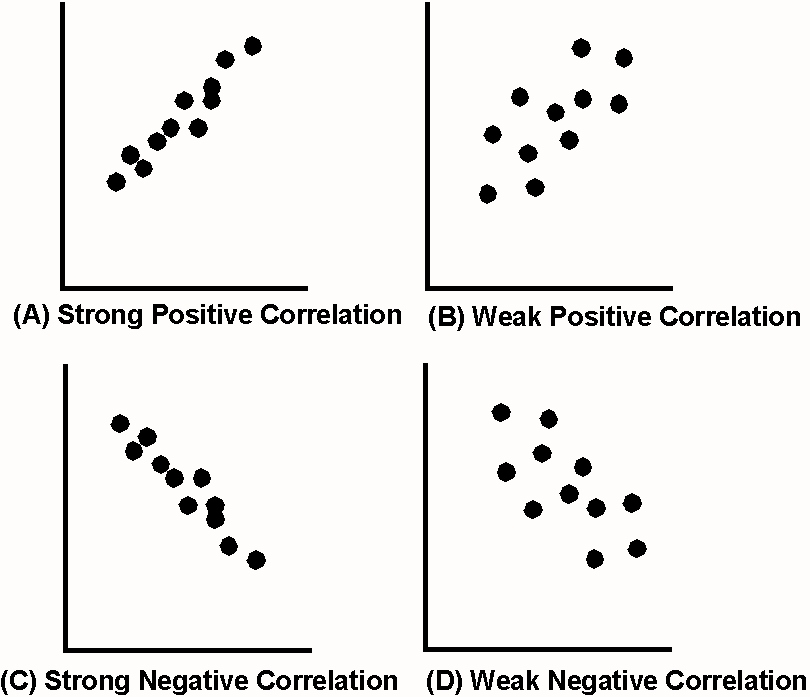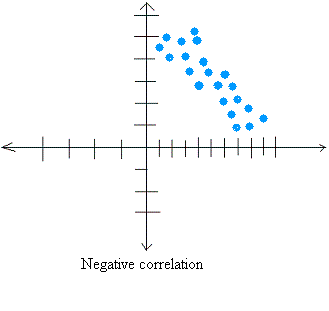
You must select at least two continuous variables, but may select more than two. To select variables for the analysis, select the variables in the list on the left and click the blue arrow button to move them to the right, in the Variables field.Ī Variables : The variables to be used in the bivariate Pearson Correlation. All of the variables in your dataset appear in the list on the left side. The Bivariate Correlations window opens, where you will specify the variables to be used in the analysis. To run a bivariate Pearson Correlation in SPSS, click Analyze > Correlate > Bivariate. But the direction of the correlations is different: a negative correlation corresponds to a decreasing relationship, while and a positive correlation corresponds to an increasing relationship.

The strength of the nonzero correlations are the same: 0.90. The scatterplots below show correlations that are r = +0.90, r = 0.00, and r = -0.90, respectively. Note: The direction and strength of a correlation are two distinct properties. The strength can be assessed by these general guidelines (which may vary by discipline):

Independent cases (i.e., independence of observations).Linear relationship between the variables.Cases must have non-missing values on both variables.Two or more continuous variables (i.e., interval or ratio level).To use Pearson correlation, your data must meet the following requirements: The bivariate Pearson Correlation does not provide any inferences about causation, no matter how large the correlation coefficient is. Note: The bivariate Pearson Correlation only reveals associations among continuous variables. If you wish to understand relationships that involve categorical variables and/or non-linear relationships, you will need to choose another measure of association. Note: The bivariate Pearson Correlation cannot address non-linear relationships or relationships among categorical variables. The direction of a linear relationship (increasing or decreasing).The strength of a linear relationship (i.e., how close the relationship is to being a perfectly straight line).

Whether a statistically significant linear relationship exists between two continuous variables.

The bivariate Pearson correlation indicates the following:


 0 kommentar(er)
0 kommentar(er)
